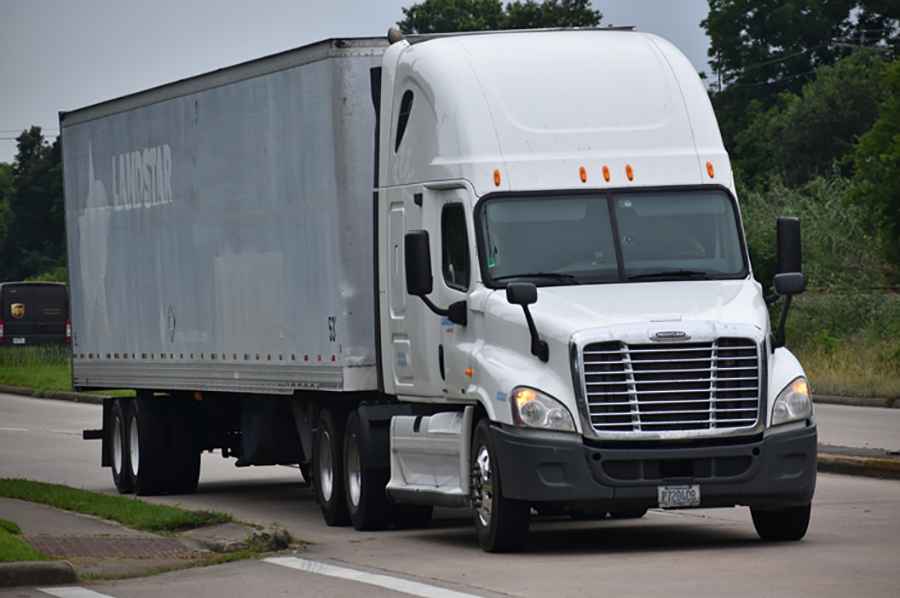Load Securing and Weight Distribution in Truck Driving Explained
Load securing and weight distribution are critical components of truck driving that ensure safety on the roads. Properly secured cargo prevents items from shifting, falling, or causing imbalances during transport. Truck accident lawyers will say that this practice is not just a recommendation; it's a regulatory requirement designed to protect the driver, the contents of the truck, and other road users. Drivers and fleet operators must understand the principles of load securing to comply with these regulations and to minimize the risk of accidents caused by unsecured or poorly balanced loads.

Weight distribution in trucking is equally important as it affects the vehicle's handling and stability. An unevenly loaded truck can lead to difficulty in steering, increased wear on tires and brakes, and a higher risk of rollovers. Proper distribution of cargo weight is essential for maintaining the truck's center of gravity and ensuring that the vehicle can safely navigate turns, inclines, and sudden stops. Drivers must be adept at distributing weight in accordance with the truck's specifications to ensure a safe and efficient journey.
Adherence to load securing and weight distribution guidelines is not just a legal obligation; it's a fundamental aspect of responsible trucking. Through diligent practice, drivers can prevent damage to their cargo, reduce the likelihood of traffic incidents, and help maintain the integrity of infrastructure. The industry recognizes the technical skills involved in load securing and weight distribution, often providing specialized training to ensure that all drivers have the knowledge required to execute these tasks effectively.
Principles of Load Securing
Proper load securing is crucial to ensure safety and compliance with transport regulations. It affects vehicle handling and is mandated by specific laws.
Importance of Proper Load Securing
Proper load securing prevents cargo from shifting, falling, or spilling during transit. It protects the cargo, the vehicle, and the safety of other road users. Ensuring loads are secure also mitigates the potential for financial losses due to damaged goods.
Physics of Load Distribution
Load distribution refers to how weight is spread across the vehicle's platform. It is vital to distribute the load’s weight evenly to maintain the vehicle's center of gravity. This helps to prevent tip-overs during turns and maintain stability during braking and acceleration.
Regulatory Requirements
Regulatory requirements for load securing vary by region, but generally include:
- Weight Limits: Maximum weight allowances set by authorities.
- Securing Devices: Use of straps, chains, and tensioners as per standards.
- Inspection: Mandatory pre-trip checks to ensure compliance.
Effects on Vehicle Handling
Load securing directly impacts vehicle handling. Incorrectly secured or distributed loads can lead to:
- Reduced Maneuverability: Difficulty in steering and navigating corners.
- Increased Braking Distance: Shift in weight distribution affecting braking efficiency.
- Decreased Stability: Higher risk of vehicular rollover due to poor weight distribution.
Weight Distribution Techniques
Proper weight distribution is crucial for the safety and efficiency of truck transportation. It affects vehicle stability, tire wear, and fuel consumption.
To achieve optimal balance, place heavier items low and near the truck's center of gravity. Distribute weight evenly across the axles, aiming for a balanced distribution that avoids overloading.
- Front to back: Position weight so it does not exceed the GAWR for the front or rear axles.
- Side to side: Distribute weight evenly from side to side to maintain vehicle balance.
Drivers should perform regular inspections and adjustments to the load, both before departure and during transit stops. Check all securing devices are tensioned and in good condition. As well, adjust placement and securing methods as needed to account for changes in load configuration during the journey.
Failing to follow these best practices may result in a truck accident.
Pic: https://pixabay.com/photos/truck-freight-cargo-delivery-5248809/